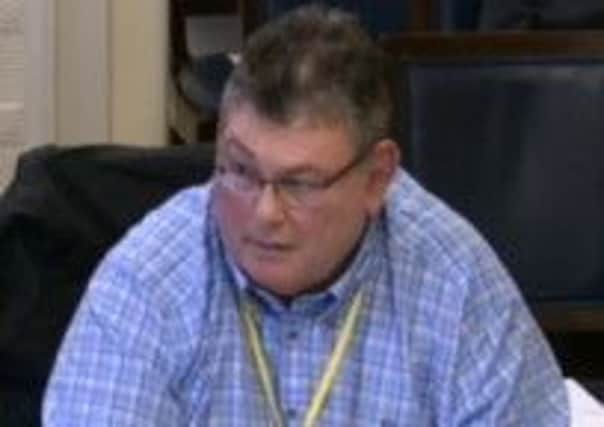Watch: Repeat of 1970s dam burst not likely says Quinn


The manager of Creggan Country Park told members of the Stormont Agriculture Committee on Tuesday, April 1, he believes the reservoir system, which once supplied Londonderry with drinking water is built to last and that the city is unlikely to be threatened by future dambursts.
Gerry Quinn, was providing evidence to the Committee as it prepares a new Reservoirs Bill.
Advertisement
Hide AdAdvertisement
Hide AdHe told the Committee few records were held about the incident in the 1970s but that the system has since held up well to excessive rainfall when other parts of the city have struggled to cope - not least during the floods of 2003.


Asked by SDLP Agriculture Chairman Joe Byrne, what exactly happened in the 1970s, Mr Quinn replied: “As far as I know it was just an inordinate amount of rain. There isn’t a lot of documentation about it.
“You’ll find it referenced if you dig very hard among water service records, you’ll find reference to it.”
Mr Quinn, who explained to the Committee that he has only been responsible for the reservoirs since the Creggan Country Park organisation leased them from Derry City Council in the early 1990s said there are few hard copy records of what happened.
Advertisement
Hide AdAdvertisement
Hide Ad“What I do know from speaking to the guy who fixed up there and lived close by is that it was like a wall of water that came down but it stayed within the overall reservoir site and didn’t affect any property downstream.
“So, I’m assuming the structures there held the excess. The structures below contained what came out of that.”
Mr Quinn said he believes the system is robust enough to cope in the event of similar pressure.
“We had an extreme event in 2003 and the whole thing coped. The whole of Derry City centre was flooded.
Advertisement
Hide AdAdvertisement
Hide Ad“We had an inordinate amount of water landed on top of us and the middle reservoir rose about an inch, where the whole city was flooded. So it copes.
“There’s enough there to cope. Whether that was the one in 200 (years), the 500 year or the Noah’s flood, I don’t know, but there was an inordinate amount of water fell on the catchment and you wouldn’t have noticed it.”
The park manager said that whoever dammed the valley as part of an Unemployed Relief Scheme during the Famine period did a good job.
“They seem quite robust. They are not flimsy structures. These things are built in clay but they are stone faced then. And whoever did it did a good job. It’s hand built stone as well so they were built to stay, and they do stay,” he told the Committee.
Advertisement
Hide AdAdvertisement
Hide AdNonetheless as a community organisation, Mr Quinn warned that if responsibility for remedial works were handed to the Creggan Country Park group under the Reservoirs Bill, it likely wouldn’t have the resources necessary.
“But if you present us with a bill tomorrow for the remedial works to one or two dams then we wouldn’t have the wherewithal,” he said. “We might even, in a bad year, not even have the wherewithal to engage a panel engineer. That’s the world we live in.”
Mr Quinn said the organisation has contacted statutory agencies about the reservoirs but with mixed results.
“We own three high risk reservoirs, what to do? I suppose essentially we have contacted Derry City Council and asked them to consider discussing the implications of this with us, which they have yet to respond to.
Advertisement
Hide AdAdvertisement
Hide Ad“We’ve contacted the Department of Regional Development (DRD), which owns a path on top of the lower dam, which might imply that they own something of that dam.
“They have suggested that their input might be negligible.”
He said the water service also own a pumpin station at the bottom dam but: “They have yet to respond about what they view as their responsibilities, if any.”
Mr Quinn said: “We are stuck in the middle. We are the responsible manager. De facto.
“The Council may have responsibilities. When we took the dams off them at the time I told them really, essentially all we needed was the water and if they wanted to keep the dams, that was OK. That was basically a non flyer. Obviously.”